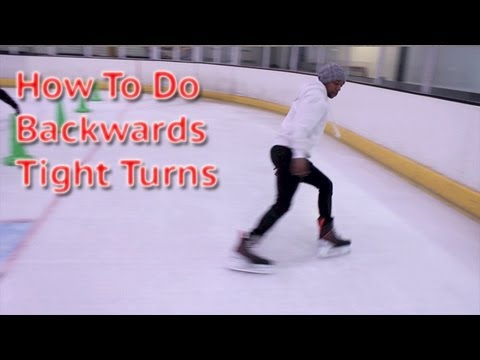I’ve had a few skaters and players request this video, I was stunned to find that there wasn’t any material online covering this subject, so here we go.
How can backwards tight turns help?
A backwards hockey turn, tight turn or power turn (however you prefer to call it) is a skill worth learning and developing as it adds a new dimension for you to move on the ice in. Being able to change directions while going backwards very quickly and aggressively will always come in handy on the ice if being used from hockey or general skating. Becoming more agile on your edges and confidence will always give you an advantage over your opponents on the ice.
Body position
As with any tutorial on the ice the first step that you need to take is ensure that your body is in a nice athletic stance knees bent skates around shoulder width apart, this turn will require you to already be moving backwards before executing the tight turn. Let’s take a look at what the rest of you is doing before you enter the turn.
Key points
- Athletic stance
- Skate around shoulderwidth apart
- Ensure correct edges are in use
- Weight around front of skates
- Ensure sure the correct skate is in front
- Shoulders and chest square to the ice
If your turning to the right, you need to ensure that your skates are in the correct position (as shown below).
Keeping the points above in mind (skates in correct position) the next step would be to lean on the corresponding edges, as we are turning to the right, we need our right skate on its outside edge and our left skate on its inside edge.
Its imperative that you remember to have your weight around the front portion of your skates to reduce the chances of your falling backwards. Achieve this by having a good knee bend and also slightly leaning forward while in your backwards tight turn. Your also need to open your hips up and turn them to face the opposite direction that you are turning in i.e. turning to the right, open up your hips and have them directed towards the left (as shown below).
Like any of the tight turns on the ice, this move will require a lot of practice until you become comfortable leaning on your edges. I’ve included a drill at the end of the video tutorial for this article which can be found at the top of this page.







